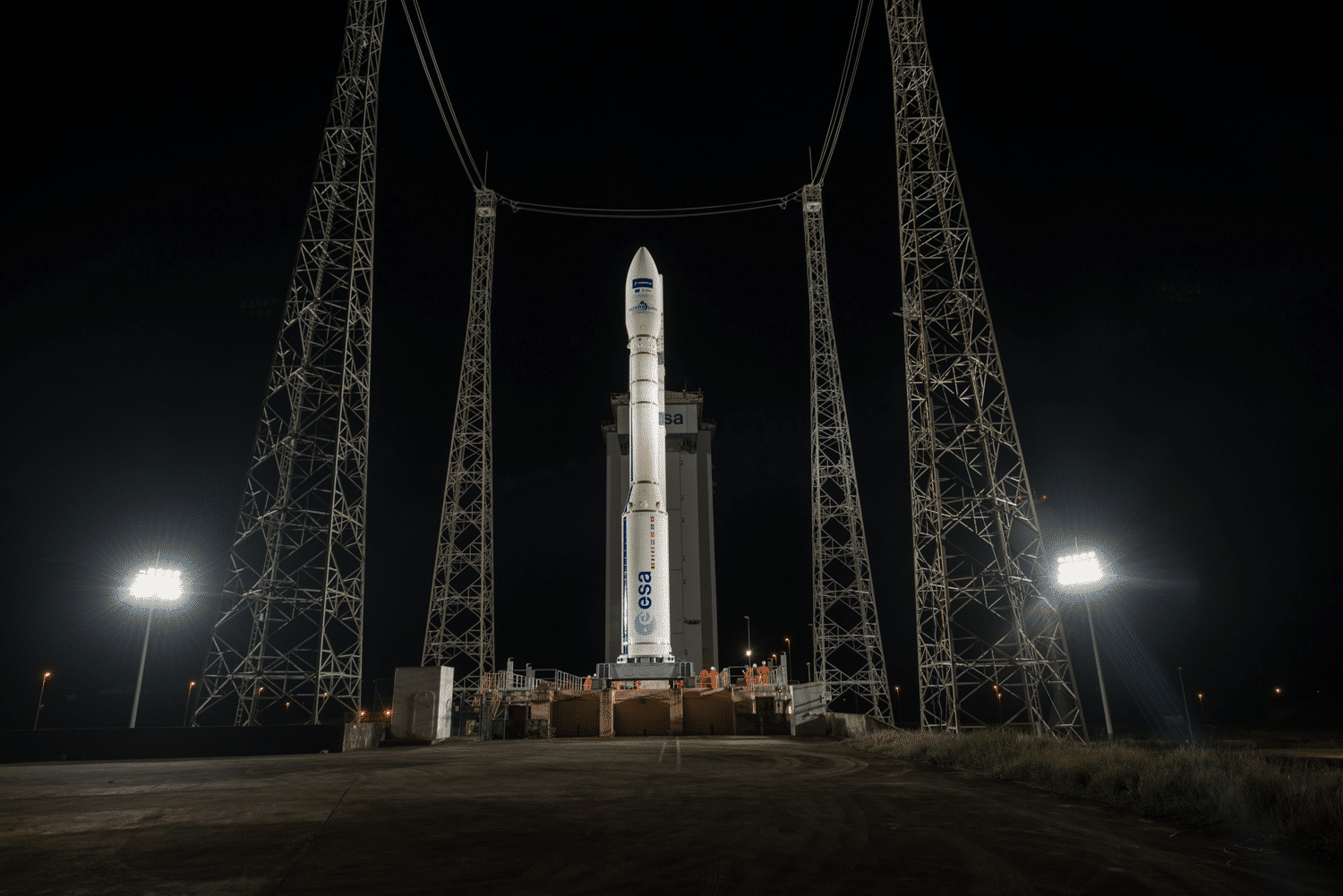ESA – New remote sensing tech on satellite for atmospheric measurements
3 SEPTEMBER 2020
On September 3rd 2020, ESA has launched 42 small satellites aboard a Vega rocket from Kourou in French Guiana for the Copernicus Project.
This new type of satellites capable of measuring CO2 emissions to the nearest kilometer and pinpointing their origin.
One of these nanosatellites, PICASSO, carries remote sensing technology developed which will be used to undertake measurements in the upper layers of Earth’s atmosphere.
PICASSO stands for Pico-Satellite for Atmospheric and Space Science Observations and it’s the first CubeSat nanosatellite mission of the Royal Belgian Institute for Space Aeronomy.
Weighing only 3.5kg, it carries two measuring instruments for atmospheric research: A Visible Spectral Imager for Occultation and Nightglow (VISION) and a system to conduct plasma measurements in the ionosphere, the Sweeping Langmuir Probe (SLP).
This project of analysis and collection of satellite data will be carried out over 5 years. The aim is to obtain as much precise information as possible on the quantification of gases in the air.
We will be able to know exactly the real CO2 emission by country, cities and the origin of gases (if it’s anthropogenic or natural).
Thanks to this initiative, more and more surveillance systems will be sent into space over the next few years, which will help develop the market for remote sensing solutions.
Cimel will be part of this development by bringing additional data thanks to its photometers and LiDARs to help calibrate and validate data from satellites.
Credits: ESA-M. Pedoussaut

